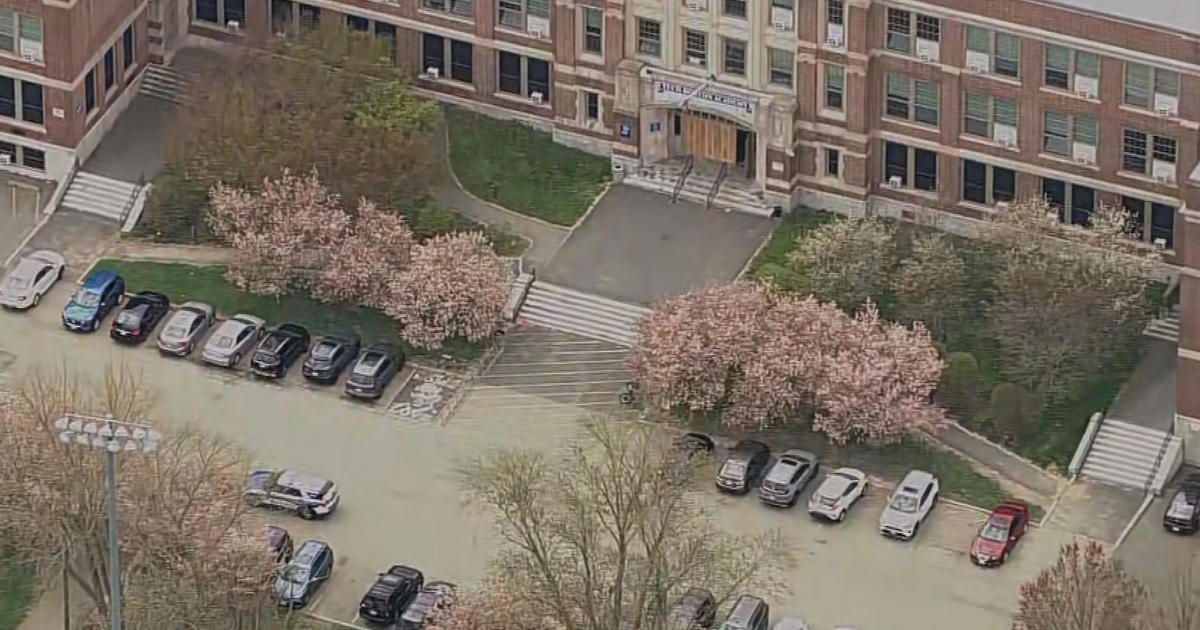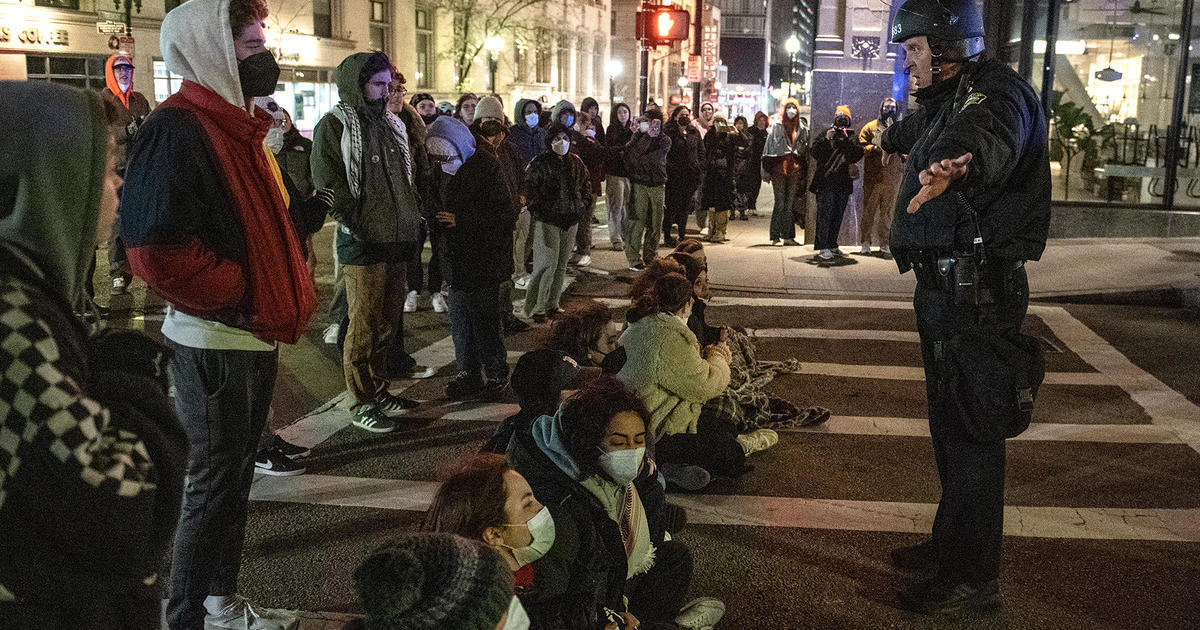Boston Scientists Developing SMART Bandage Called 'Window Into The Wound'
BOSTON (CBS) – When someone has a cut or a burn, it can be tough to tell if it healing properly. Even by an experienced eye.
But scientists at the Wellman Center at Masschusetts General Hospital are working on a SMART bandage that can be a "window into a wound."
"I actually got to go in and meet burn patients, our wounded warriors, who are coming back from Iraq and Afghanistan and actually seeing how difficult it was to treat these patients," said Dr. Conor Evans, a researcher at Mass General, while remembering a trip to an army medical center which inspired his latest research.
"When I came back, I sat down with my team and we just got to work. How can we improve wound healing for these patients?"
His answer? The SMART bandage.
The creation is a simple design that could revolutionize how wounds are managed, especially burns and diabetic ulcers that can be a challenge because it's hard to tell if they're healing properly.
"A doctor or nurse currently has to unwrap the burn or the wound and visually inspect it," explained Evans. "They press it, they poke it, they smell it."
And even then, it's not always black and white. But with the SMART bandage, it's red and green.
"We designed this to be like a traffic light," said Evans. "Red light. Green light. Green light means good oxygenation, it means go. The patient is doing well. Red means oxygenation is poor. This this part of the wound may be in trouble and may need attention fast."
That's because oxygen is vital for good wound healing.
The SMART bandage is easy to use. Paint it on the wound, let it dry, cover it with a plastic film then take a picture. And then monitor if it is red or is it green?
One day instead of using a camera, doctors, nurses and even patients will be able to use their smart phone to detect the color change of the SMART bandage, which means patients could monitor their own wounds at home and eventually release medications from the bandage.
"If there is an infection, the patient can see that and release antibiotics. Inflammation, a patient can self-treat and release an anti-inflammatory," said Evans.
Evans hopes to have a product available for hospitals and clinics within the next five years and possibly something even better in the next ten.
"Something you might be able to pick up at your local CVS," he predicts.
MORE LOCAL NEWS FROM CBS BOSTON




